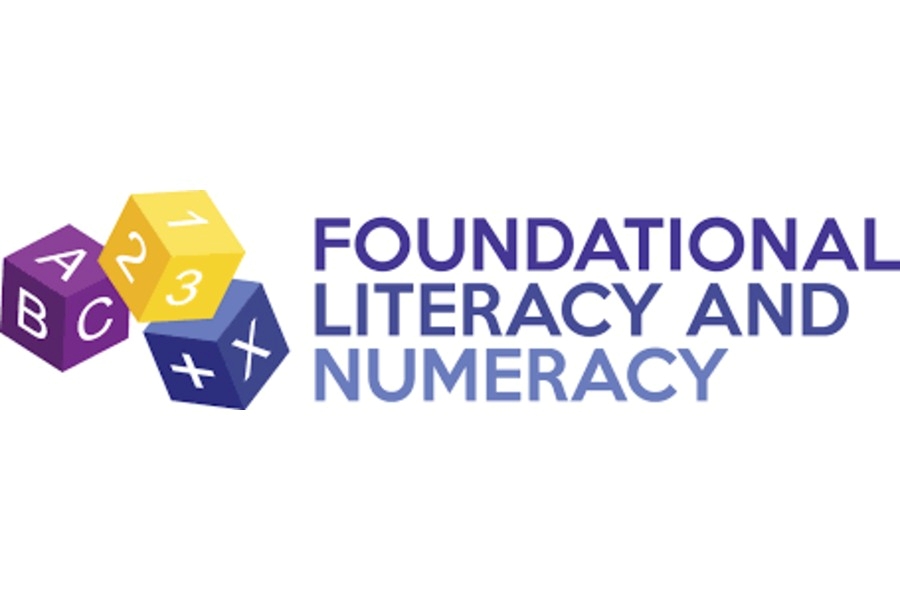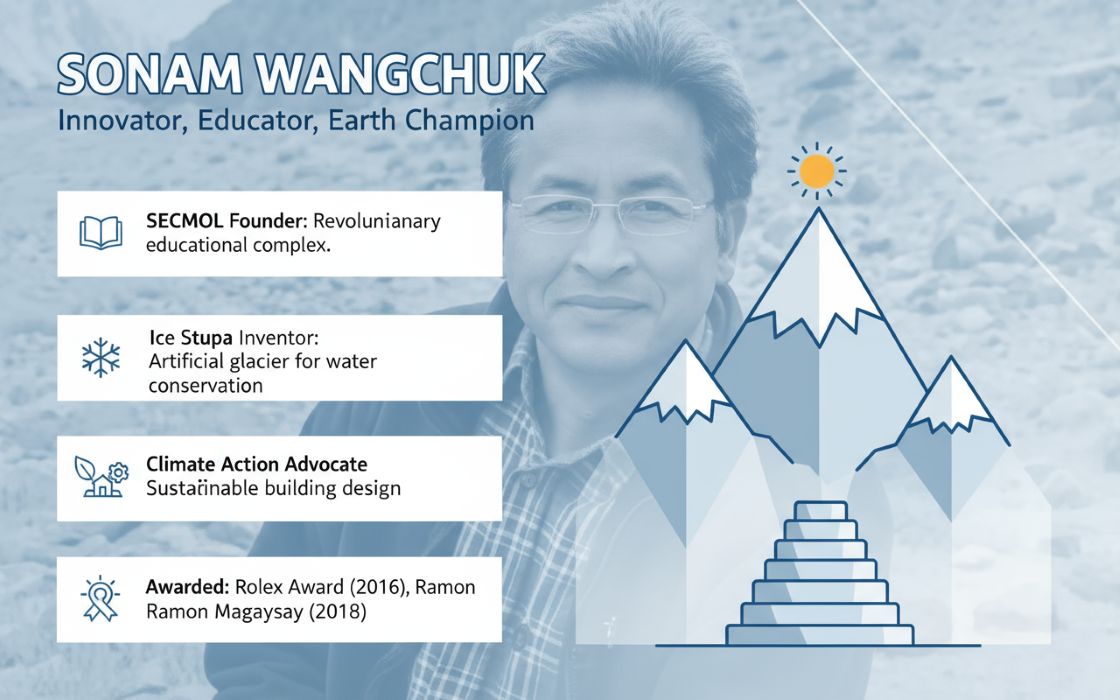Bengaluru, Apr 2, 2025: Bosch Global Software Technologies (BGSW) and SayTrees have successfully restored the 26-acre Choodasandra Lake in Bengaluru, transforming it from encroachments, overgrowth of weeds and deterioration of water quality into a thriving hub for biodiversity and community engagement.
Launched in December 2022, the two-year conservation project was commemorated at the lake by Dattatri Salagame, CEO, President and Managing Director of BGSW.
Shilpa Deodhar, Head of CSR, BGSW, emphasized the project’s significance, stating, “Choodasandra Lake was restored due to its crucial role in Bengaluru’s water ecosystem and the severe challenges it faced, including encroachments, untreated sewage, and deteriorating water quality. This initiative exemplifies how corporate social responsibility, technical expertise, and community participation can drive meaningful environmental change. By addressing key issues such as desilting, sewage diversion, and biodiversity restoration, we have set a benchmark for sustainable urban water conservation with a phased approach that ensures long-term impact.”
Choodasandra Lake was selected for restoration due to its pivotal role in a network of interconnected lakes and its challenges caused by encroachments, untreated sewage, and overgrowth of weeds. These issues had deteriorated the water quality, putting pressure on Bengaluru’s dwindling groundwater resources and impacting an estimated 3,000 households in the vicinity. The Choodasandra Lake restoration project represents a successful collaboration of corporate social responsibility, technical expertise, and grassroots participation. The initiative addressed critical challenges such as desilting, bund construction, sewage diversion, and biodiversity restoration, setting a benchmark for sustainable urban water conservation.
Unlike traditional conservation efforts that focus on short-term fixes, the Choodasandra Lake project took a holistic approach aimed at creating sustainable, long-term impact. This ambitious restoration was being carried out in carefully planned phases, each strategically designed to address the unique ecological, infrastructural, and community needs of the lake, ensuring a lasting transformation for future generations.
Key milestones of the Choodasandra Lake restoration project include:
Sewage Diversion & Wetland Creation: Sewage diversion pipelines were constructed, and a natural wetland system established with indigenous plants like Nymphaea and Colocasia to filter water and improve quality.
Biodiversity Revival: Desilting and replantation efforts revived native flora and supported the return of species like the Ashy Woodswallow, signaling ecological recovery.
Infrastructure Enhancements: Bunds were reinforced with 95% compaction, while core infrastructure such as sluice gates and a kalyani (ritual tank) were installed.
Additional milestones include:
-- January 2023: Lakebed restoration through dewatering and vegetation clearing.
-- February–June 2023: Bund strengthening and compaction.
-- April 2023: Construction of sewage diversion pipelines.
-- July–September 2023: Installation of infrastructure like culverts and sluice gates.
-- October 2023: Wetland creation and planting of indigenous species.
-- November 2023–Present: Completion of fencing and ongoing community engagement initiatives.
“This project demonstrates the power of collective action,” said Kapil Sharma, Founder of SayTrees. “Environmental sustainability is deeply connected to community well-being and cultural heritage. We hope this serves as a model for other urban water bodies,” he said.
BGSW’s efforts have resulted in the creation of wetlands with indigenous species like Nymphaea, as well as infrastructure developments including walkways, cycling tracks, and a traditional kalyani (ritual tank). Key sustainability measures, such as the installation of a sluice gate to prevent flooding and water quality monitoring systems, ensure the lake’s long-term conservation. Additionally, the lake’s increased water retention capacity—from 84 million liters to 150 million liters—now benefits over 3,000 households. With future plans for eco-tourism, including bird-watching platforms, the project integrates conservation with local economic growth.
BGSW drove and endorsed active community involvement throughout the project, with local residents participating in clean-up drives and workshops, playing a vital role in the project's success. A formal Lake Association has also been established to ensure the lake’s long-term care.
“This lake was a wasteland. Today, it’s a thriving ecosystem that benefits us all,” said Rakesh, a member of the Resident Welfare Association. Gangu, another resident, added, “I’m thrilled to see children biking around the lake. It’s now a haven for families.”
Dr Rajkamal Goswami, an ecologist from the Choodasandra Lake Restoration Monitoring & Evaluation team, remarked, “The return of species like the Ashy Woodswallow is a strong indicator of ecological recovery, with improved water quality and biodiversity underscoring the success of restoration efforts.”

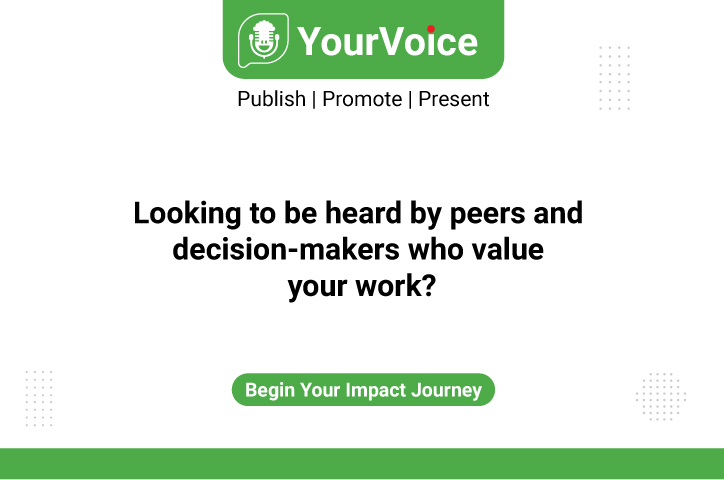


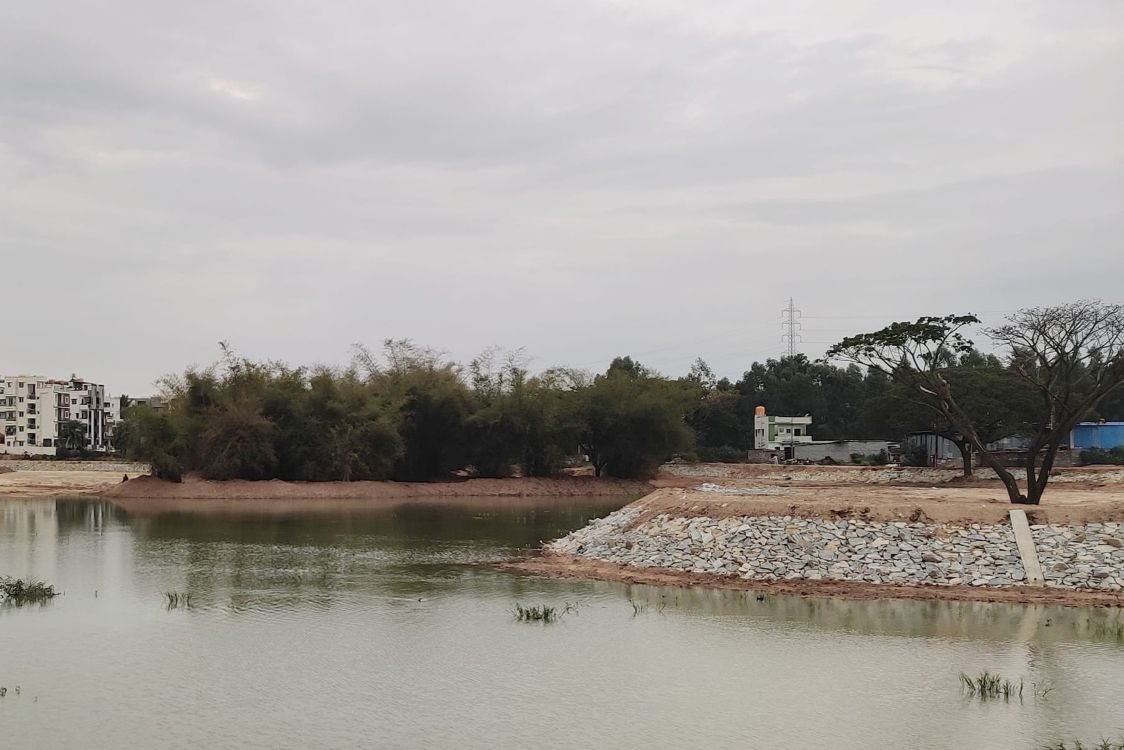

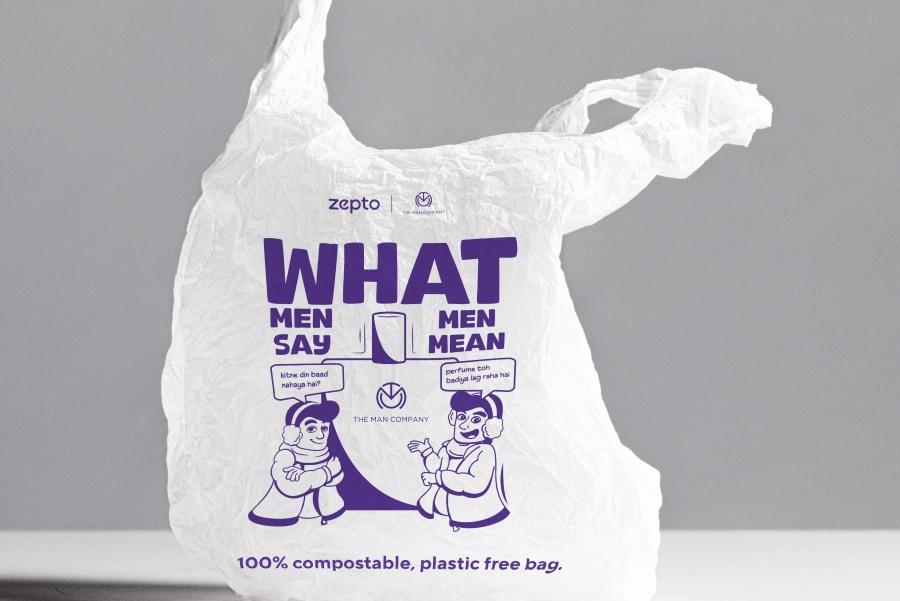
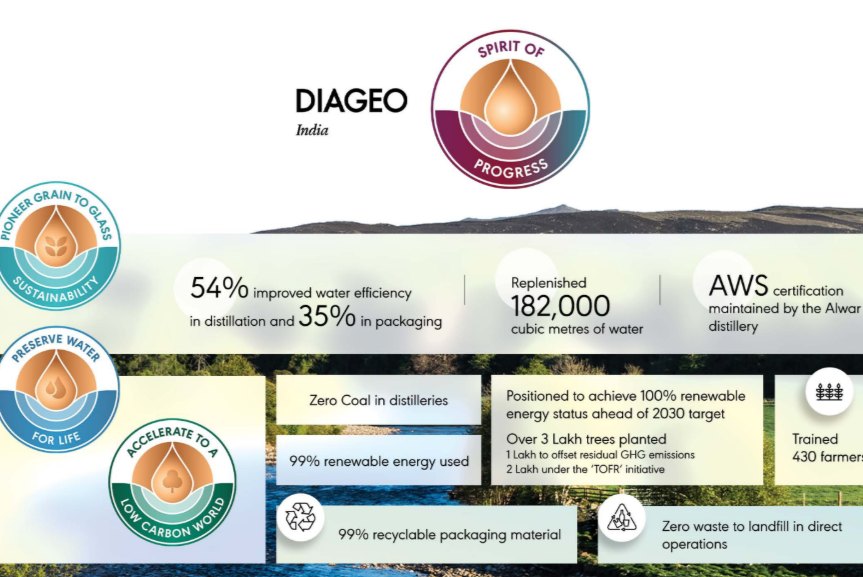

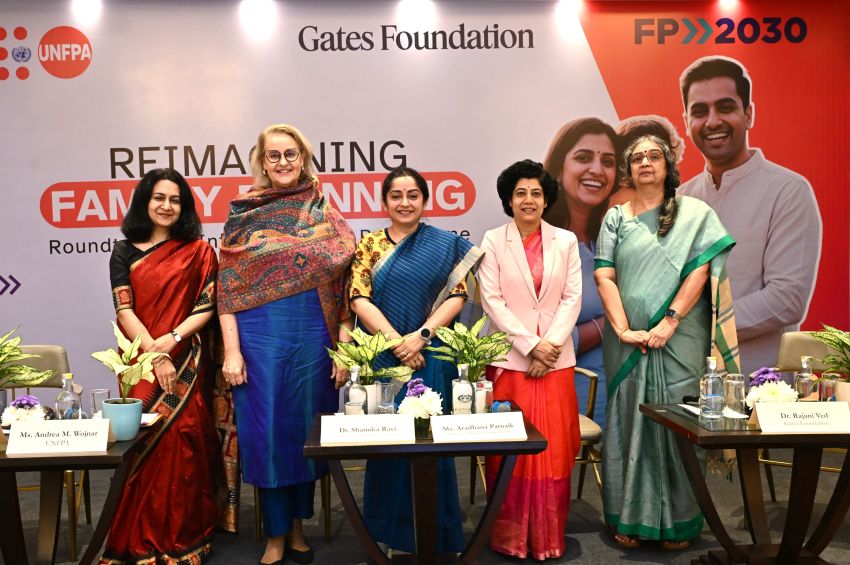
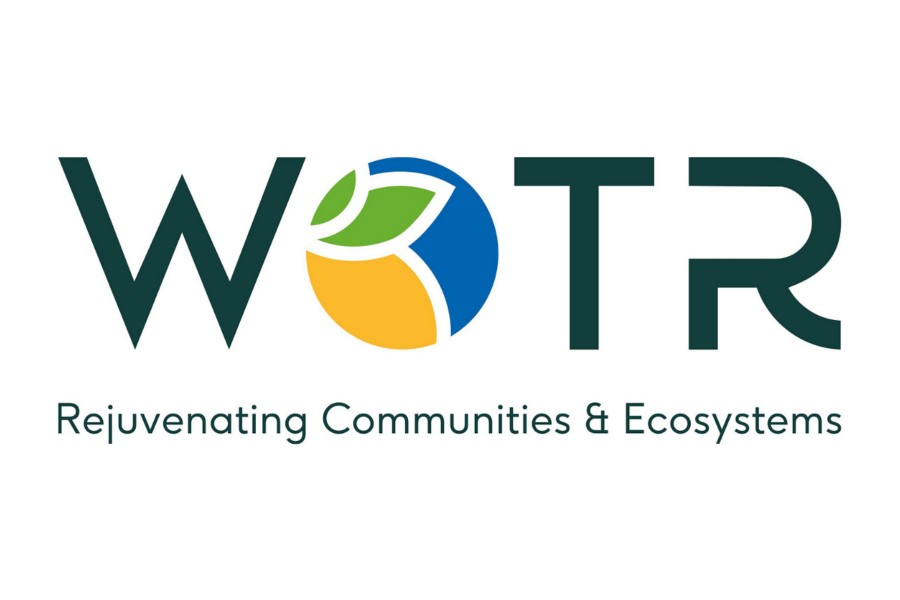

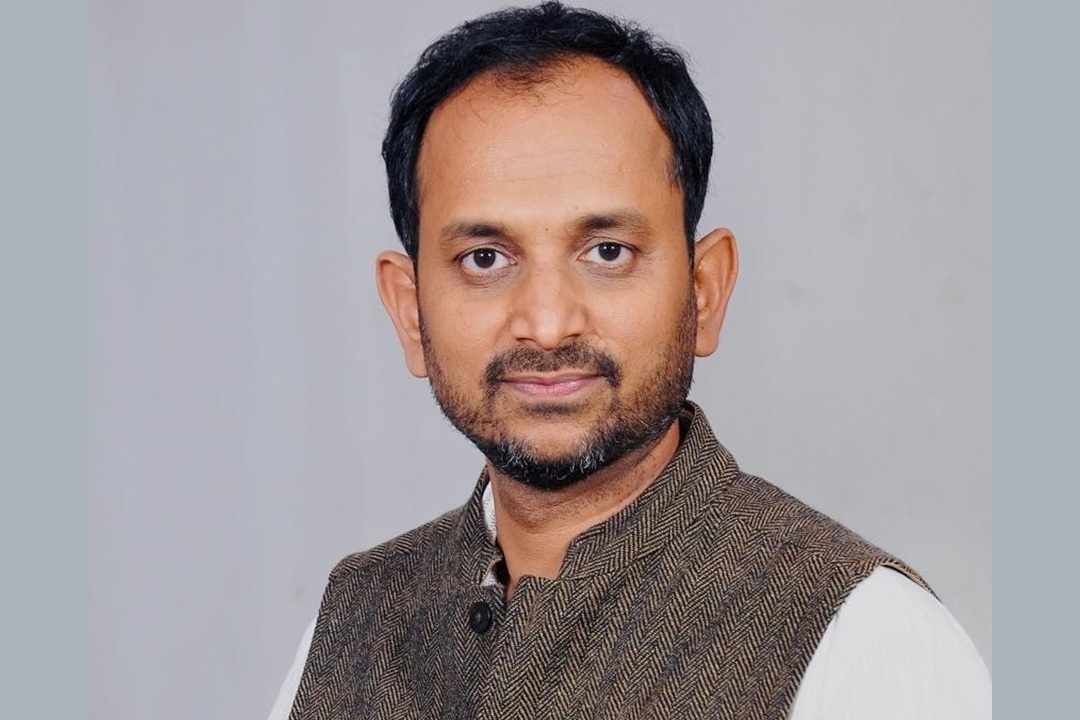
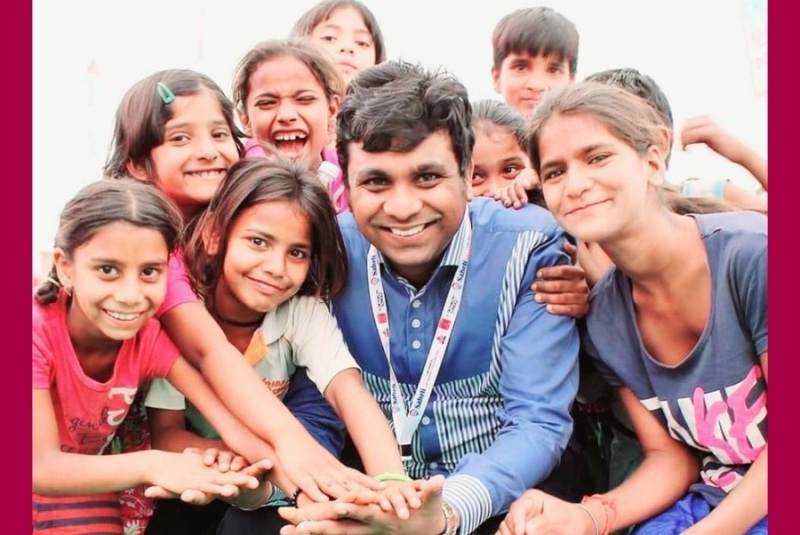
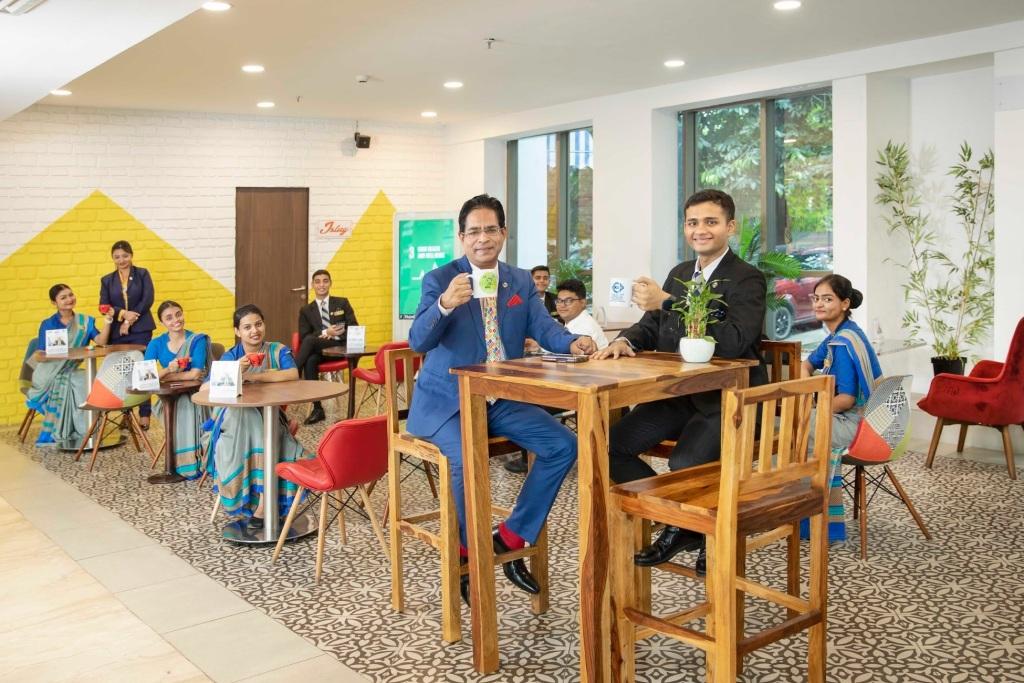

.jpg)
